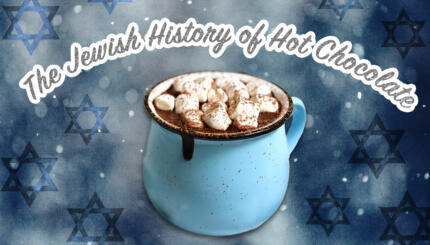When I became Bat Mitzvah, my small North Georgia congregation gifted me a beautiful hand-painted set of Shabbat candlesticks and a kiddush cup, a starter kit of the tools I would need to observe our traditions. When I graduated high school, my parents surprised me with an ukulele, so that when I song-led at services, I could double the sound of my prayers. However, I was 20 years old before I felt ownership–literally–over the texts that have shaped these traditions and my own Jewish identity.
During my semester program in Israel, the two rabbis who led our group surprised us all with a pocket-sized Tanakh for each of us. I didn’t know if there was a right way to hold or store it. I didn’t realize that there was more to it than the Five Books of Moses. It was a lot longer than I expected, and the print was tiny. I didn’t understand that until that moment, every Torah and Tanakh I had touched had felt like not only a borrowed item, but in some sense, a borrowed heritage. Many aspects of Judaism feel distant when you come from a small, isolated Jewish community like mine.
But this book was for me. This was mine.
Before, I had felt free to comment on a verse or share my thoughts on a parsha, but now when I wrote my questions in the tiny margins and highlighted the curiously translated Hebrew, I knew I wasn’t going to lose the page in an old binder or forget to add the thought to my journal; it was all in one place, and it was altogether mine—just as it has belonged individually and collectively to each generation of students of Torah who have come before me.
I have a friend who also prefers to flip through pages rather than Google a verse, so she regularly borrows my Tanakh since she doesn’t have her own. When she recently asked to see it to work on a d’var torah (sermon), I knew this was my chance to give another Jewish educator the opportunity to hold our heritage even closer than she might have before.
So I surprised her with a Tanakh of her own. Because I know there’s something truly special about physically holding such a book and saying, “This is for me. This is mine.”
I realize how lucky I am to feel that sort of ownership and connection to this pocket-sized book. Until I was empowered to investigate the text for myself, I sometimes felt that Judaism as it is written in the Torah didn’t belong to me: it was for an older generation, or for more observant Jews, or for the patriarchs, or it has been usurped for unjust work too many times to provide any sort of worthwhile moral guidance.
But for those who haven’t felt invited to feel the weight of the words in their hands, perhaps that is a good first step in turning the page on how we feel about this ancient and timeless text. A book of one’s own, to remind us that these words do truly belong to us all – a tremendous heritage that we can hold in our own hands.



